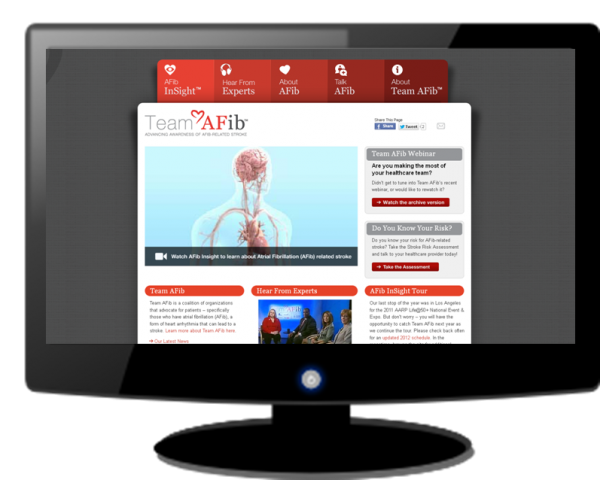Preventing Elder Abuse: CT Ranks 26th in USA
/Connecticut ranks 26th among the nation’s 50 states in providing protections for elder abuse, according to a new analysis of state policies by the financial website WalletHub. Connecticut is the 7th oldest population in the nation. The U.S. Census Bureau expects the national population aged 65 and older to nearly double from 43.1 million in 2012 to 83.7 million in 2050, in large measure due to aging Baby Boomers who began turning 65 in 2011.
Abuse happens every day and takes many forms, WalletHub’s  explains. “Anyone can become a victim of abuse, but vulnerable older Americans — especially those who are women, have disabilities and rely on others for care or other type of assistance — are among the easiest targets for such misconduct.”
explains. “Anyone can become a victim of abuse, but vulnerable older Americans — especially those who are women, have disabilities and rely on others for care or other type of assistance — are among the easiest targets for such misconduct.”
WalletHub’s analysts compared the 50 states and the District of Columbia based on 10 key indicators of elder-abuse protection. The data set ranges from “share of elder-abuse, gross-neglect and exploitation complaints” to “financial elder-abuse laws.” By one estimate, the analysis summary points out, elder abuse affects as many as 5 million people per year, and 96 percent of all cases go unreported.
States described as having the “Best Elder-Abuse Protections” are the District of Columbia, Nevada, Massachusetts, Wisconsin, Missouri, Tennessee, Iowa, Louisiana, Vermont and Hawaii. At the bottom of the list were Rhode Island, California, Wyoming and South Carolina.
WalletHub’s review of data from all 50 states and the District of Columbia were conducted across three key dimensions: 1) Prevalence, 2) Resources and 3) Protection. Connecticut’s highest ranking in the individual categories was in Resources, ranking 23rd. The Resources category included Total Expenditures on Elder-Abuse Prevention per Resident Aged 65 & Older, Total Expenditures on Legal-Assistance Development per Resident Aged 65 & Older, Total Long-Term Care Ombudsman Program Funding per Resident Aged 65 & Older.
The state legislature earlier this year folded the Legislative Commission on Aging into the new Commission on Women, Children and Seniors. Former executive director Julia Evans Starr pointed out in an April article that "Elder abuse is a significant social justice issue that transcends race, ethnicity, religious affiliation, income, and education levels. At least 10 percent of older adults have suffered elder abuse — and that proportion is set rise among Connecticut’s rapidly growing, longer-lived population. It demands a strong policy response."


































